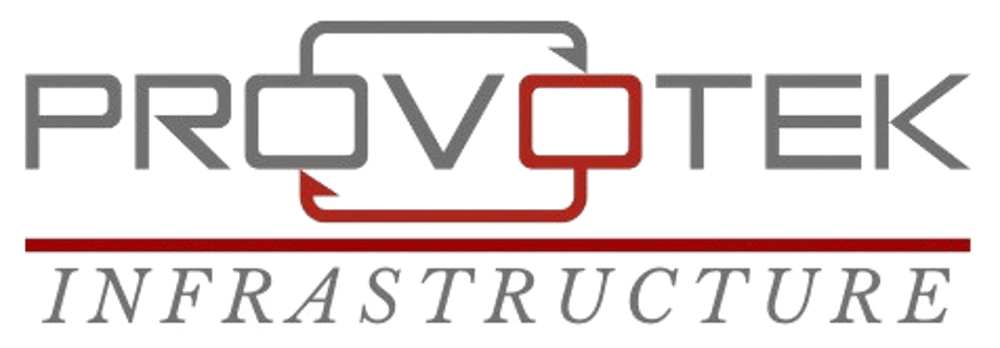In 4 Steps to Performance
1
Preparation and Documentation
Goal: Preparation of the inspection process and collection of relevant information.
Activities:
Review of existing electrical installations and the technical documentation of the building or system.
Definition of the inspection scope (e.g., for an apartment, a building, or an industrial facility).
Creation of a checklist for the inspection according to applicable standards and regulations (e.g., VDE regulations).
Clarification of the devices, systems, and installations to be inspected.
2
Visual and Functional Inspection
Goal: Inspection of electrical systems and devices for visible defects and functionality.
Activities:
Visual inspection of electrical installations for defects such as damaged cables, loose connections, or improper installations.
Checking sockets, switches, distribution boards, and safety measures (e.g., RCDs, grounding).
Functional testing of electrical devices and systems (e.g., whether sockets are properly connected and devices operate correctly).
Testing the electrical voltage and protection of individual circuits.
3
Measurement of Electrical Values
Goal: Performing measurements to verify electrical safety.
Activities:
Measuring the resistance of the grounding system and the insulation resistance of conductors.
Testing protective conductor connections and the grounding system.
Measuring the electrical load capacity of cables and devices.
Checking the residual current protective device (RCD) for correct tripping threshold.
4
Documentation and Handover of Results
Goal: Preparation of a final report and communication of the results.
Activities:
Creation of a detailed inspection report documenting all performed tests, measured values, and identified defects.
If defects were found, providing suggestions for corrective actions and setting a deadline for remediation.
Handover of the E-Check report to the client or customer, including a certificate if applicable.
Archiving of test data for future reference or follow-up inspections.
Questions? Answers.
This area is already divided into the most relevant sections. Please note that we are also happy to answer any additional questions in a personal conversation.
1. What is an E-Check?
The E-Check is a safety inspection for electrical systems and devices, conducted by certified electrical companies. It ensures fault-free operation and protects against hazards such as electric shocks or fires.
2. Why is the E-Check important?
Unchecked electrical systems may have defects that can cause accidents or fires. The E-Check helps identify risks early and ensures compliance with legal regulations.
3. Who is authorized to carry out the E-Check?
Only certified electrical specialist companies that operate according to DKE standards are permitted to perform the E-Check. Trained electricians with special certification carry out the inspection.
4. What is inspected?
The inspection covers wiring, protective measures such as RCDs (Residual Current Devices), electrical appliances, earthing, as well as surge protection against lightning strikes or power surges.
5. How often should an E-Check be performed?
For private households, an E-Check is recommended every 2 to 4 years, whereas in commercial and industrial settings, it is required more frequently depending on regulations. After remodeling or renovations, an inspection should always be carried out to ensure safety.
6. What are the benefits of the E-Check?
It increases safety, protects against accidents, provides insurance proof, preserves the value of installations, and ensures compliance with legal regulations.
7. How much does an E-Check cost?
The cost is usually between 100 and 300 euros, depending on the size of the installation and the amount of testing required. Extensive inspections may be more expensive.
8. What happens if defects are found?
If safety deficiencies are identified, they must be corrected by a certified professional company. In severe cases, usage restrictions or even shutdown may be necessary.
9. What does the certificate include?
The E-Check certificate confirms that the inspected systems are safe and compliant with standards. It includes documentation of the inspection and recommendations for possible repairs.
10. Is the E-Check mandatory for businesses?
Yes, in many commercial operations, the E-Check is legally required. The specific requirements depend on the industry, usage, and safety regulations.
Made by Marius Hau

